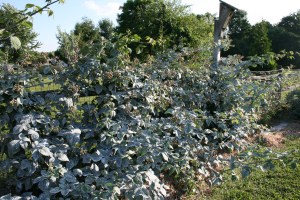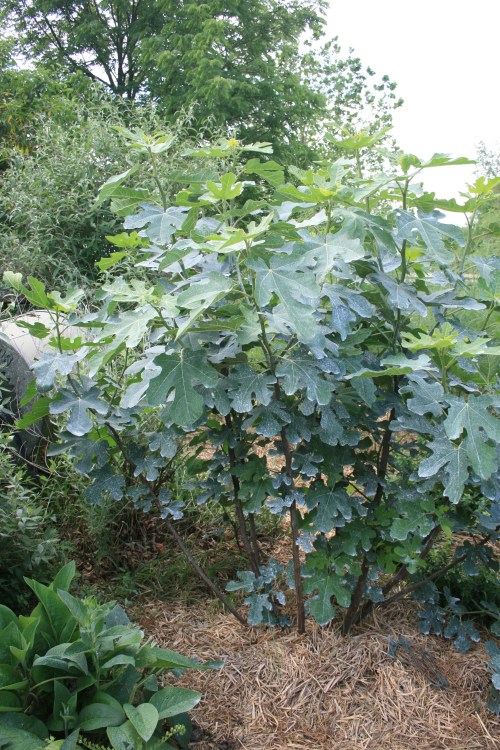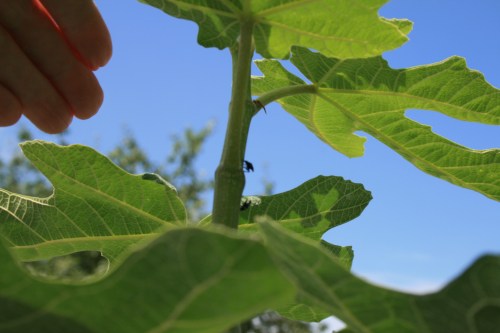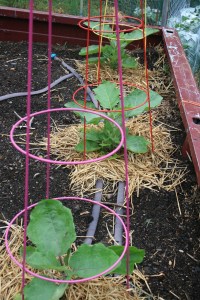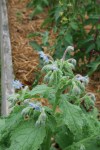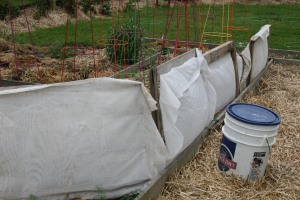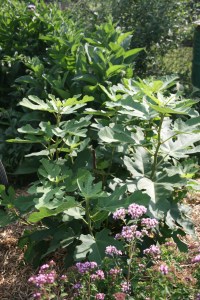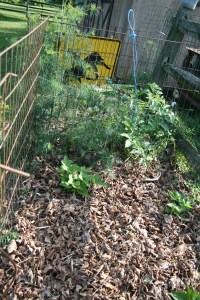Want to start organic gardening but don’t want to spend a lot of money? You can and it’s pretty darned easy. Unlike traditional gardening, if you go organic, there are a lot of things you will NEVER have to buy.
You do not have to buy any chemicals or herbicides. You don’t have to have fancy sprayers or a rototiller – not even one of those small ones named after the bug that prays.
The short list of what you need is dirt, water, seeds and sun. If you try organic gardening and don’t like it, you’ve probably only invested a few dollars and some time.
But if you do try it and you do like it, you probably already own just about everything you might need to get started. What you don’t own, you can usually get, for free.
So, here’s my list of what you need to be an organic gardener:
- Dirt – free.
- Seeds – cheap to buy and even cheaper if you save some for next year’s garden.
- A big spoon or small shovel – something to dig holes with when transplanting.
- Newspapers – free if you ask your neighbors and co-workers for them. You can use them for mulch and make transplant pots with it, too.
- Straw – free if you find a farmer who has old or moldy straw to get rid of and which works just as well as the golden yellow stuff.
- Some found items that your cukes, tomatoes and peppers can climb
up or grow in. When I say found, I mean things like the old double-bed spring I use for climbing vegetables or the headboard and footboard from the cast aluminum bed that I found on the side of the road.
- Epsom salts – dirt cheap in half gallon milk shaped containers.
- A bucket – free if you can get a hold of a kitty litter container or a dog food bucket.
- A mug – free if you liberate it from your kitchen and use it to deliver water or fertilizer right to the roots of your plants.
- Twine – free if you (or someone you know) buy straw by the bale, save the baling twine and use it to tie up plants. You can also get tons of baling twine in any horse barn. NOTE: Do NOT use green baling twine. It has been treated with strychnine to kill mice and rats.
- Old, sheer curtains, old bed sheets and even old mattress covers – free if you save yours or ask relatives and friends to give their old ones to you. They don’t look as pretty as commercial row covers but they will keep frost off your baby plants. And they’ll slow down all the bloody beetles that want to share your food.
- Access to a public library – free and there are always books and magazines about organic gardening ready for you to browse through, borrow and take notes from.Oh, and libraries have computers and internet connections. Using them is free. And online is just FULL of ideas, tips and advice on organic gardening. All you have to do is put in your search terms and hit Go.
- An old 3-ring binder and some paper – can be free if you ask co-workers to save used copy paper and write on the back. NOTE: I consider this a requirement for my gardening. If I don’t write down a tip or a “lesson learned”, I forget and end up repeating my mistakes again and again and again.
- A bit of inventiveness, a dollop of gumption and enough courage to try, fail and try again.
There’s no hurry. You don’t have to have all of these things all at once in order to get started. In fact, I accumulated all the items above over the years.
So, you can garden happily without most of them.
FYI – I call this section in my book – Grow So Easy: Organic Gardening for the Rest of Us “practical” because most of the tools you need are in your closets or cabinets, the garage or the shed. Don’t buy….just give gardening a try.







 Garden & grow your own!
Garden & grow your own!

